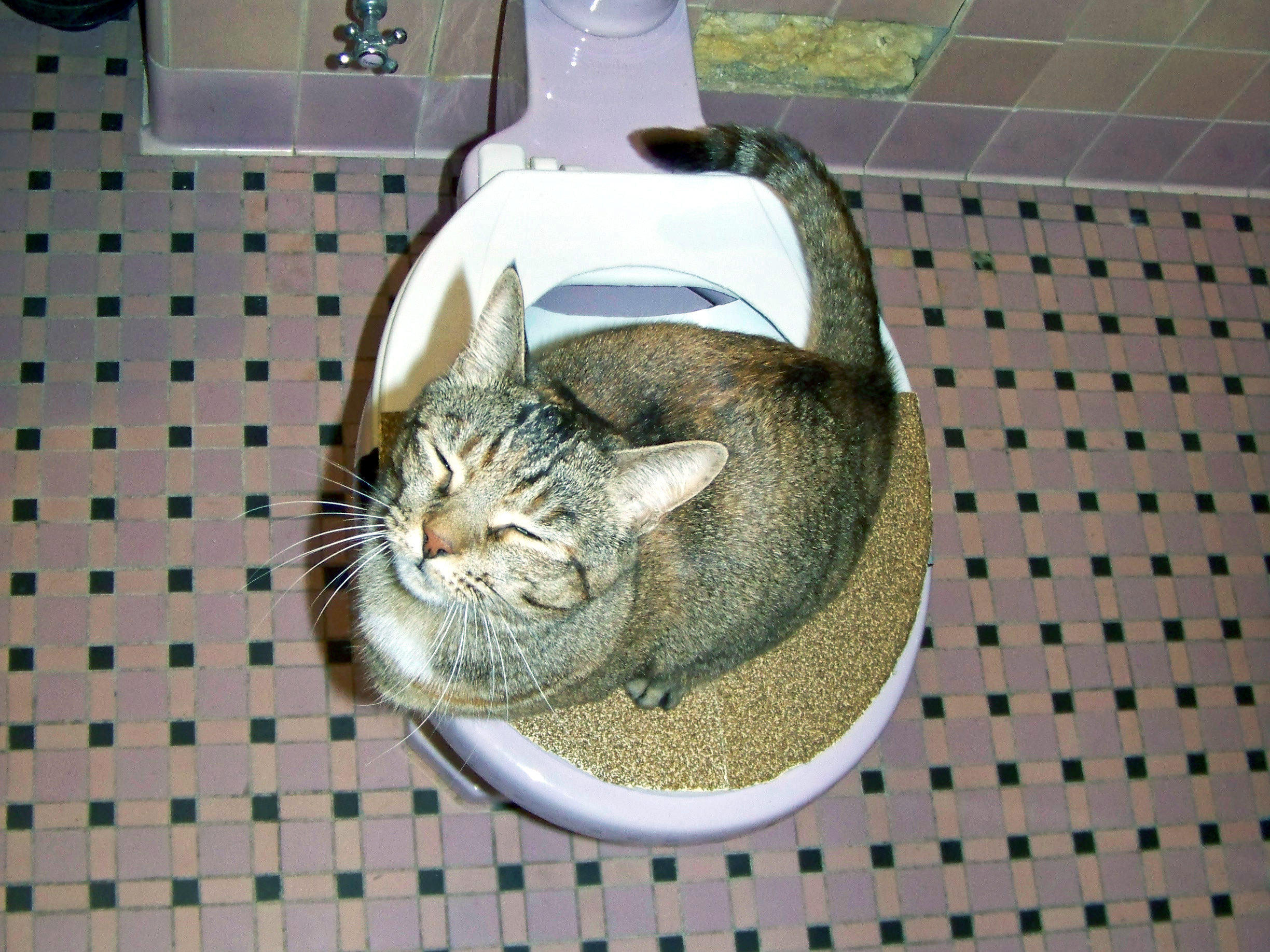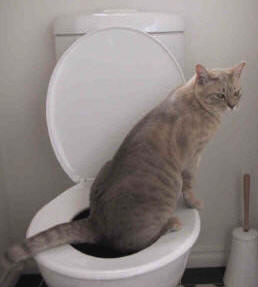Dangers of Flushing Cat Poop Down Your Toilet - Prevent Possible Issues
Dangers of Flushing Cat Poop Down Your Toilet - Prevent Possible Issues
Blog Article
On this page below you can find a good deal of exceptional information regarding Can You Flush Cat Poo or Litter Down the Toilet?.

Intro
As pet cat proprietors, it's necessary to bear in mind exactly how we take care of our feline good friends' waste. While it might seem convenient to purge pet cat poop down the bathroom, this practice can have damaging effects for both the environment and human health and wellness.
Alternatives to Flushing
Thankfully, there are safer and a lot more responsible ways to dispose of pet cat poop. Think about the adhering to options:
1. Scoop and Dispose in Trash
One of the most typical approach of throwing away pet cat poop is to scoop it into an eco-friendly bag and toss it in the trash. Make sure to make use of a dedicated trash inside story and take care of the waste quickly.
2. Use Biodegradable Litter
Select eco-friendly pet cat clutter made from products such as corn or wheat. These clutters are eco-friendly and can be securely dealt with in the trash.
3. Hide in the Yard
If you have a backyard, take into consideration hiding pet cat waste in an assigned area away from veggie yards and water sources. Be sure to dig deep enough to stop contamination of groundwater.
4. Set Up a Pet Waste Disposal System
Invest in an animal garbage disposal system especially developed for pet cat waste. These systems utilize enzymes to break down the waste, decreasing smell and environmental influence.
Health and wellness Risks
Along with environmental problems, flushing pet cat waste can likewise position health threats to human beings. Pet cat feces may have Toxoplasma gondii, a parasite that can trigger toxoplasmosis-- a possibly extreme disease, especially for expecting females and individuals with damaged body immune systems.
Ecological Impact
Flushing cat poop introduces hazardous virus and bloodsuckers right into the water system, presenting a considerable risk to water communities. These impurities can negatively influence aquatic life and compromise water high quality.
Conclusion
Accountable pet ownership extends past giving food and shelter-- it also includes correct waste administration. By avoiding flushing feline poop down the toilet and going with alternate disposal techniques, we can lessen our ecological footprint and protect human wellness.
Why Can’t I Flush Cat Poop?
It Spreads a Parasite
Cats are frequently infected with a parasite called toxoplasma gondii. The parasite causes an infection called toxoplasmosis. It is usually harmless to cats. The parasite only uses cat poop as a host for its eggs. Otherwise, the cat’s immune system usually keeps the infection at low enough levels to maintain its own health. But it does not stop the develop of eggs. These eggs are tiny and surprisingly tough. They may survive for a year before they begin to grow. But that’s the problem.
Our wastewater system is not designed to deal with toxoplasmosis eggs. Instead, most eggs will flush from your toilet into sewers and wastewater management plants. After the sewage is treated for many other harmful things in it, it is typically released into local rivers, lakes, or oceans. Here, the toxoplasmosis eggs can find new hosts, including starfish, crabs, otters, and many other wildlife. For many, this is a significant risk to their health. Toxoplasmosis can also end up infecting water sources that are important for agriculture, which means our deer, pigs, and sheep can get infected too.
Is There Risk to Humans?
There can be a risk to human life from flushing cat poop down the toilet. If you do so, the parasites from your cat’s poop can end up in shellfish, game animals, or livestock. If this meat is then served raw or undercooked, the people who eat it can get sick.
In fact, according to the CDC, 40 million people in the United States are infected with toxoplasma gondii. They get it from exposure to infected seafood, or from some kind of cat poop contamination, like drinking from a stream that is contaminated or touching anything that has come into contact with cat poop. That includes just cleaning a cat litter box.
Most people who get infected with these parasites will not develop any symptoms. However, for pregnant women or for those with compromised immune systems, the parasite can cause severe health problems.
How to Handle Cat Poop
The best way to handle cat poop is actually to clean the box more often. The eggs that the parasite sheds will not become active until one to five days after the cat poops. That means that if you clean daily, you’re much less likely to come into direct contact with infectious eggs.
That said, always dispose of cat poop in the garbage and not down the toilet. Wash your hands before and after you clean the litter box, and bring the bag of poop right outside to your garbage bins.
https://trenchlesssolutionsusa.com/why-cant-i-flush-cat-poop/

I found that review about Don’t flush cat feces down the toilet when looking around the web. Enjoyed our blog? Please share it. Help somebody else locate it. We take joy in reading our article about How to Dispose of Cat Poop and Litter Without Plastic Bags.
Request Appointment Report this page